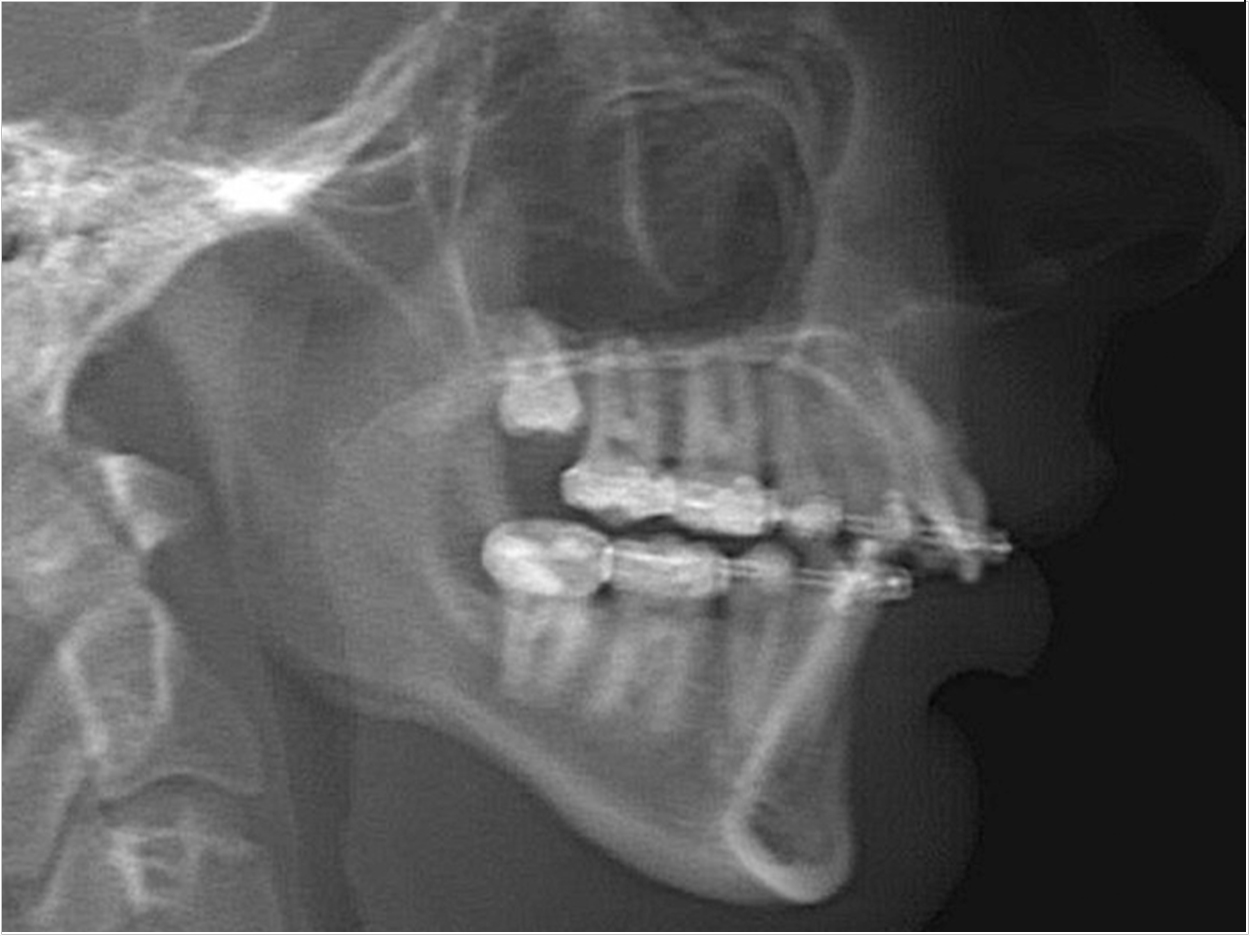
A proposed protocol emphasizes collaboration between healthcare disciplines to treat patients with jaw deformities caused by juvenile idiopathic arthritis (JIA), a serious form of arthritis affecting the jaw joints of children. The new protocol suggests treatments based on factors such as progression of the deformity and skeletal maturity.
JIA is the most common chronic condition impacting the joints, muscles, bones, and immune system of children. It can affect the temporomandibular joint (TMJ) and cause disproportion of size and position of bones in the jaws, known as dentofacial deformity, and dysfunction that impacts breathing and chewing.
No generally accepted protocol exists for treatment of dentofacial deformities in patients with JIA. Treatments can include joint preservation or reconstruction. However, the researchers believe that a standardized protocol for managing patients who have dentofacial deformity caused by JIA would help clinicians choose treatment and compare outcomes in research.
The presented algorithm outlines treatment based on whether the patient has progression of the dentofacial deformity over the last year and whether the patient’s skeleton has stopped growing, followed by whether the patient’s degree of asymmetry and/or loss of vertical height is moderate or severe.
Treatments range from having patients use orthopedic splints that can improve jaw alignment to total joint replacement using tissue from the patient or other materials. For example, the study says that an orthopedic appliance is recommended until skeletal maturity in a patient who has little or no active TMJ disease.
The researchers emphasize cooperation among disciplines in treating patients. The initial step to appropriate treatment is identifying TMJ involvement in patients, necessitating “close collaboration” between the pediatric rheumatologist, dentist, and/or orthodontist and oral and maxillofacial surgeon, according to the study.
The researchers called the algorithm a “conceptual framework,” nothing that it does not constitute rigid treatment guidelines. They also said that it should be modified as necessary to meet unique patient scenarios that branches of the algorithm may not fully address and adapted to the patient’s and treatment team’s preferences.
The researchers developed the algorithm based on literature and expert opinions presented at a conference held by the TMJaw group, a multidisciplinary, multinational clinical and research network devoted to the diagnosis and management of TMJ arthritis resulting from JIA. They hope it will improve consistency in the care of these patients and facilitate future multicenter research.
The study, “An Algorithm for Management of Dentofacial Deformity Resulting From Juvenile Idiopathic Arthritis: Results of a Multinational Consensus Conference,” was published by the Journal of Oral and Maxillofacial Surgery.
Related Articles
Jawbone Stem Cells Help Repair Damaged Cartilage
TMD Treatment May Alleviate Meniere’s Disease
Self-Care Techniques Prove Most Effective in Treating TMD Pain











